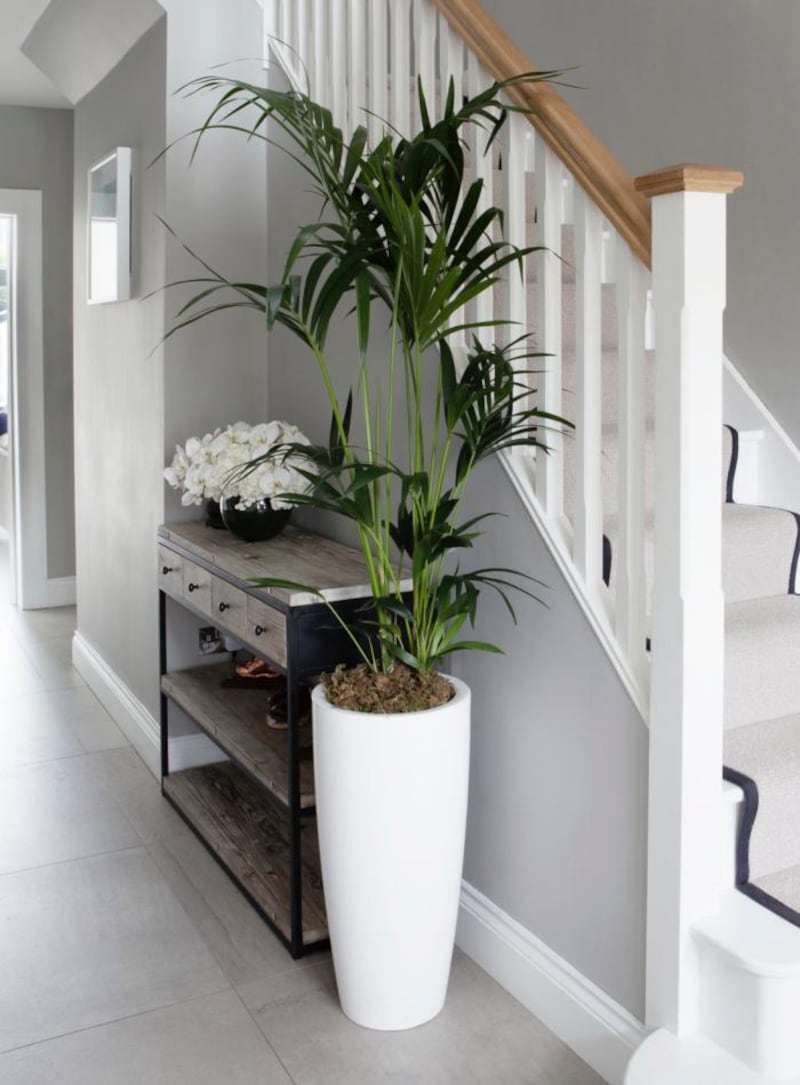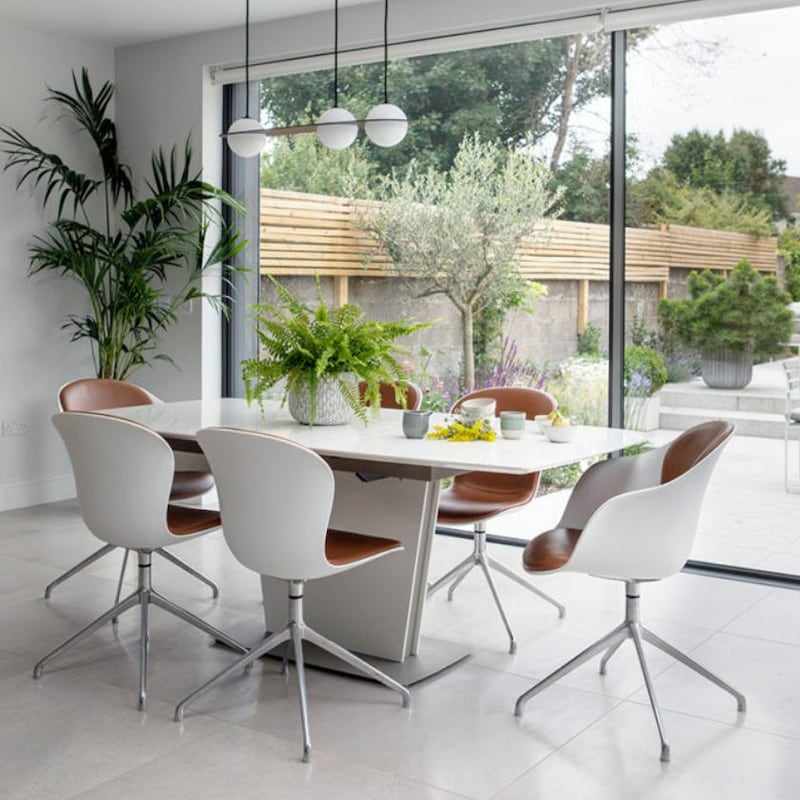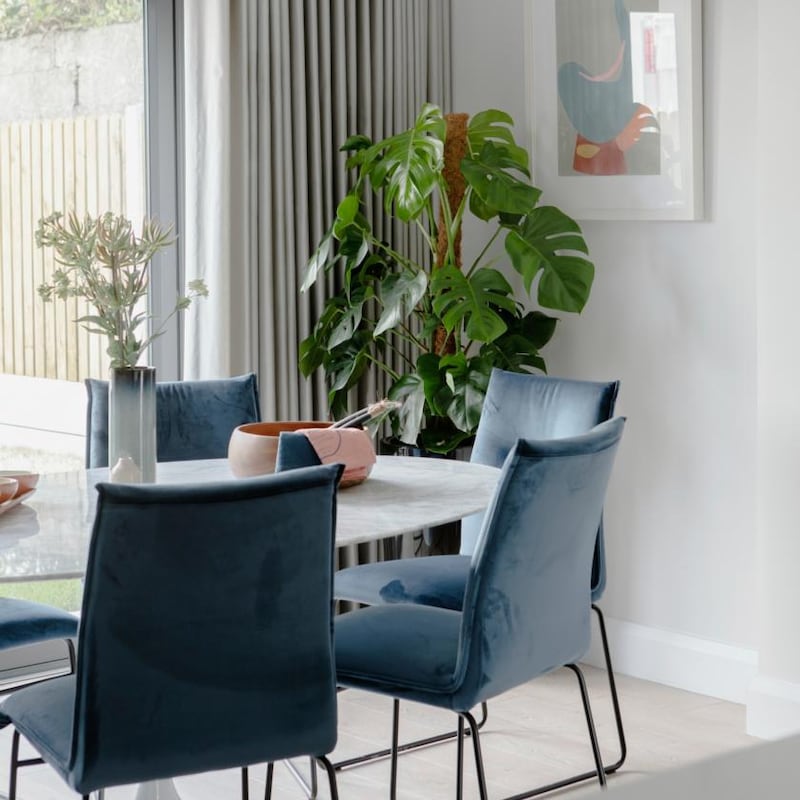House plants are a wonderful way to bring nature into a home. Not only do they look wonderful but they bring a wealth of mental and physical health benefits – from purifying the air and filtering harmful chemicals to reducing stress levels. Ruth Monahan of Appassionata has great tips for which plants will work best in each room in a home and how to care for them.
Plan a home for your plant
When it comes to buying a house plant there are so many to choose from it can be a bit daunting if you’re starting out. From terrariums to succulents, or larger indoor plants and trees, how do you know what plant is going to work best in your home?
“Start by deciding where you would like your plants to live in your home. Otherwise, you risk buying lots of plants that mightn’t suit the space you put them in,” says Monahan.
Lean on the knowledge of the sales person. They have experience caring for plants and will be able to guide you about the best kind to go for. Different plants will do better in locations and environments that meet their growing needs so it’s important you decide where to place your plant to ensure you get the right advice.

Make an entrance
Your home should give you a lift from the moment you open your front door and mood-boosting greenery will help this.
Think about what you would like to see when you arrive home. “For me, it’s a waft of lavender to relax me, some hints of bright colour and some texture so I instantly feel relaxed as I step through the front door,” says Monahan.
A lovely idea is to create groupings with pots either side of your front door and mix them around to suit the seasons. “Rosemary, lavender and cosmos are perfect for summer,” says Monahan. “Ferns, succulents and baby orange trees are a great autumnal mix, and for spring you could have fun with lots of flowering bulbs.”
Kitchen greens
If you’re looking to bring the outside in, this is the place to do it. Unlike other areas of your home, the kitchen is a place where you will be spending a lot of time so your plants will be less likely to be forgotten about.
“I always have herbs relevant to each season in my kitchen, some maidenhair ferns and a lemon tree,” says Monahan.

Instead of using flowers as your centrepiece on an island or dining table, why not add a collection of herbs instead? This is a great way to add some greenery and pretty up your space while being totally practical too. “Marjoram, bay, rosemary, thyme, salvia, nasturtium are all wonderful to have close at hand in a kitchen and make really pretty displays,” says Monahan.
Sitting comfortably
Plants have a way of bringing vibrancy and calm to a space. Whether you prefer a minimal style or have a more eclectic taste there are so many houseplants to choose from. The most important thing to consider is how much light your living space gets to help you make the right choice.
“We always recommend a dark green plant with waxed leaves like a Monstera, Kentia Palm, Howea Palm or different forms of Ficus [Fig] for living spaces. They are also ideal for placing in a slightly shaded or dark corner,” explains Monahan.
Dusting the leaves of any larger plants is very important. “These larger leaf plants tend to gather dust so it’s important to wipe down the leaves with a damp cloth regularly so they can breathe properly, helping them to stay fresh and shiny,” she says.

Ensure your plants are planted in a waterproof glazed pot to prevent any leaks onto your floors. If you don’t use your living room on a regular basis Monahan recommends “setting a reminder to water the plants so they stay looking their best”.
Sweet dreams
Houseplants in the bedroom not only look beautiful but they are natural humidifiers, purifying the air. They can help evoke a state of tranquility and calm.
Aloe Vera is a great choice for a bedroom as it can benefit your sleep by promoting better air quality. It does this by emitting oxygen at night instead of during the day. It’s also a fantastic choice for new house plant owners as it can handle some neglect.
The peace lily is another great choice as it reduces the microbe count in your home’s air, which can relieve allergy symptoms. The leaves tend to droop when it needs a drink, letting you know when it’s time to water it.
When it comes to caring for your plants, “the trick is to water them regularly and remove any dried or dead leaves or flowers as soon as they appear.” But most importantly, “enjoy your plants, they are not a trend but are living things that need to be minded,” Monahan says. “Once you have mastered watering and looking after them, your plants will give so much back, from looking beautiful to purifying the air all around you.”















